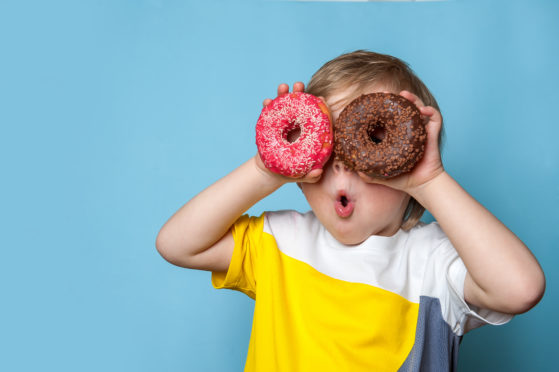
Between hormones and body changes, our high school years aren’t the easiest.
We feel awkward and anxious about our development and, as anyone with a teenager will tell you, the wrong comment at the wrong time can cause a spiral of emotions. Trust me, I’ve raised two boys and I have two teen nieces – I know how fraught those years can be.
So, I can only imagine how damaging it would be for youngsters to line up alongside their peers and have their weight recorded by a stranger, which was recently suggested by the National Obesity Forum as a way to combat “lockdown weight gain”.
The organisation has called for children to be weighed when they restart school and then again next year, keeping an eye on any extra pounds and ounces that may have crept on during the long months of quarantine. Although it’s shocking to think one-third of kids are now starting secondary school already obese, is making our young people worry about a number on a scale – and giving them an “obese” tag – really the way to change that?
Maintaining a healthy weight is all about eating right and getting plenty of exercise, which are two factors schools can help to address. If school dinners were balanced and fresher, and there was more emphasis on PE lessons and the opportunity for more fun and varied physical activities at playtime, lunch times and after school, it would go a long way towards ensuring future generations enjoy an active and healthy lifestyle. Plus, educating both children and parents about diet, nutrition and exercise could tackle issues outside the classroom too.
Lots of schools and education settings have already introduced new and innovative ways to encourage their pupils to get moving, and they’re seeing amazing results that will last a lifetime. Highlighting a child’s weight could have a lifelong effect, too, but one that is unlikely to be positive.
Of the National Obesity Forum’s proposal, actress and body-positivity campaigner Jameela Jamil said: “Being weighed at school was truly the minute my eating disorder started at 12.” And many others echoed her horrific experience. We all know just how much pressure kids today already feel to look a certain way – between filtered Instagram posts, made picture-perfect with apps that can edit everything from your nose to your waistline, young boys and girls are constantly bombarded with images of “flawless” bodies, and they strive to achieve a look that’s totally unrealistic.
Body image is even more fragile than it was when I was a young girl, so focusing on weight and figures during formative years could have a lasting psychological impact.
It’s sad we’re still having this debate in 2020. If obesity was treated as an illness we would have established a cure by now. But hopefully the backlash against this proposal will ensure it is reconsidered.

Enjoy the convenience of having The Sunday Post delivered as a digital ePaper straight to your smartphone, tablet or computer.
Subscribe for only £5.49 a month and enjoy all the benefits of the printed paper as a digital replica.
Subscribe